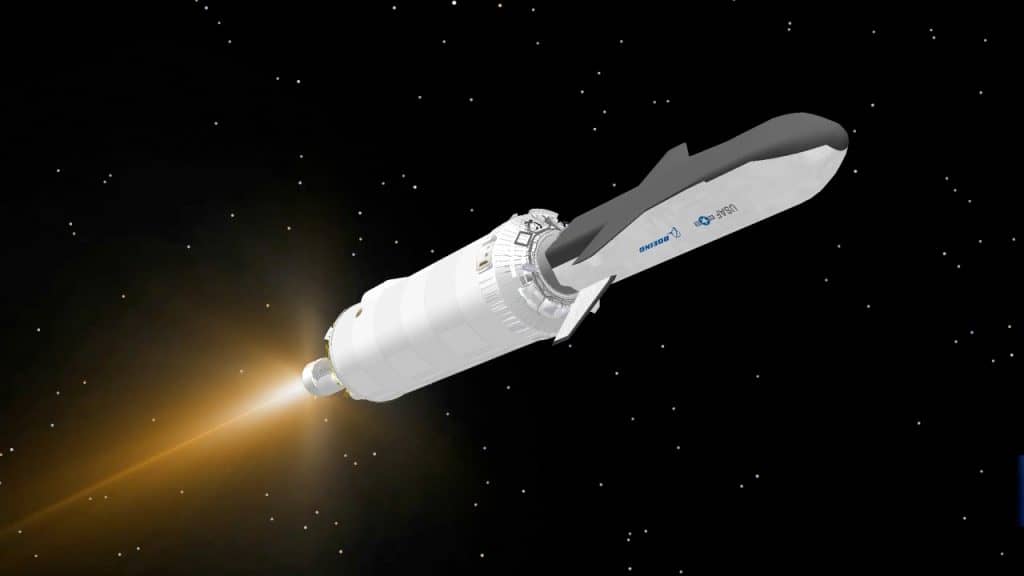The mysterious X-37B space plane was launched into the low earth orbit in 2015 on a US Air Force’s experimental military mission. The plane just broke the record for the longest to stay in orbit in the entire program’s history.
Source: Space Flight Now
The X-37B space plane, known as the Orbital Test Vehicle-4 (OTV-4) completed 675 days in the orbit on March 25, breaking the previous record of 674 days for the OTV-3. The mission lasted from December 2012 to October 2014.
The Air Force is not quite open with the landing plans of the OTV-4 but an Air Force spokesperson Capt. AnnMarie Annicelli said, “The landing date will be determined based on the completion of the program’s on-orbit demonstrations and objectives for this mission.”
Even though the OTV-4 has stayed in orbit the longest for the classified OTV program but the 675 days are not even remotely close to the nearly 40 years that NASA’s Voyager 1 and Voyager 2 spent in the orbit to date and continue to send data to earth even today.
The US Air Force has two X-37B space planes that have been built by Boeing. The vertically launched X-37B lands on a runway horizontally like other space shuttle orbiters. The space plane has a length of 29 feet (8.8m) and a height of 9.6 feet (2.9m) with a wingspan of 15 feet (4.6m). Both the crafts have flown a total of 4 missions to space the first of which was launched on April 22, 2010. Every next mission broke the record of the previous one in the number of days in the orbit, with the first one staying only for 224 days, and the subsequent OTV-2 and OTV-3 spent 468 and 675 days in the orbit respectively. The OTV-4 was launched on May 20, 2015, and is still going around the earth with no date of landing declared.
Interestingly the plane’s designed orbital lifetime is only 270 days according to the Air Force’s fact sheet, but all missions except the first have gone past that life by a significant factor.
The purpose of the program has been kept quite hidden which has led to suspicion that the OTV maybe a space weapon but experts say it is highly unlikely. The size of the X-37B is not large enough to manipulate any other satellite. The Air Force holds that the program has two objectives. One of which is testing reusable spacecraft technologies and the other one is to help conduct space experiments, the results of which can be brought back to earth and examined.
While the Air Force spokesperson did not provide details on OTV-4, she said, “Technologies being tested in the program include advanced guidance, navigation, and control; thermal protection systems; avionics; high-temperature structures and seals; conformal reusable insulation, lightweight electromechanical flight systems; and autonomous orbital flight, re-entry, and landing. Also, the Air Force Research Laboratory (AFRL), Space and Missile Systems Center (SMC) and the Air Force Rapid Capabilities Office (AFRCO) are investigating an experimental propulsion system.”
All the past OTV missions were launched from Cape Canaveral Air Force Station in Florida, and all landed at the Vandenberg Air Force Base in California. The OTV-4, however, is planned to land at NASA’s Kennedy Space Center (KSC) right next to Cape Canaveral. There has been no landing on the KSC since the July 2011 landing of the Atlantis space shuttle completing the STS-135 mission. There is no word on the landing date of the OTV-4, but the KSC has been equipped to accommodate the space plane.

